RSS
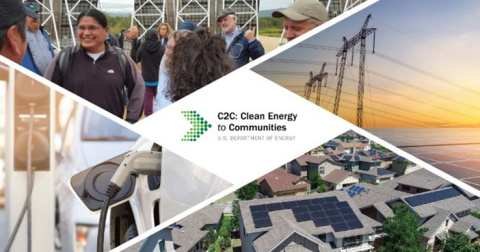
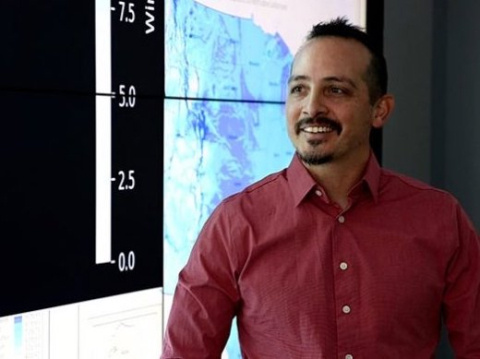
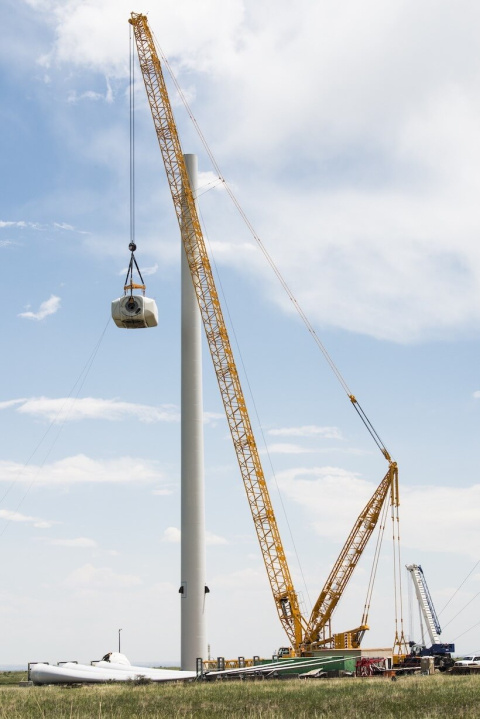
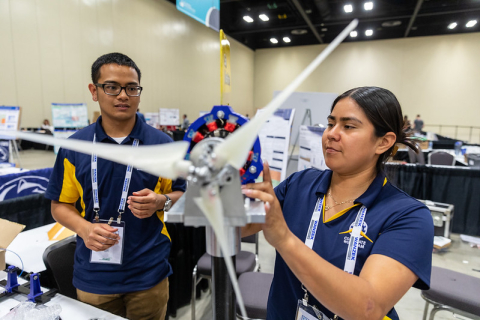
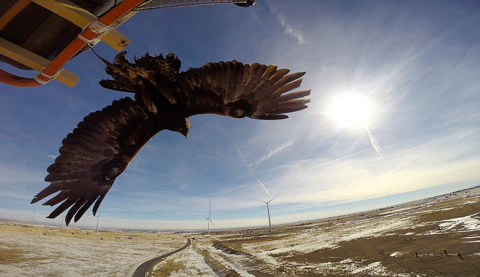
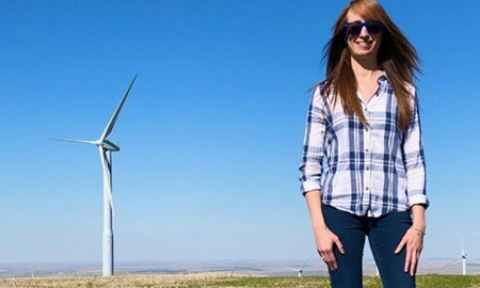
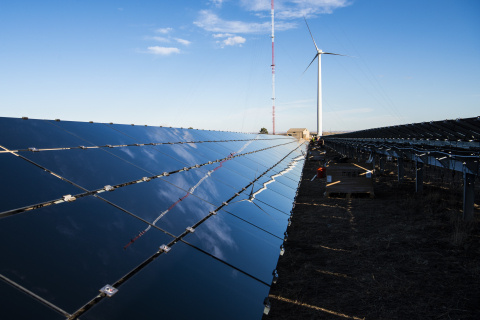
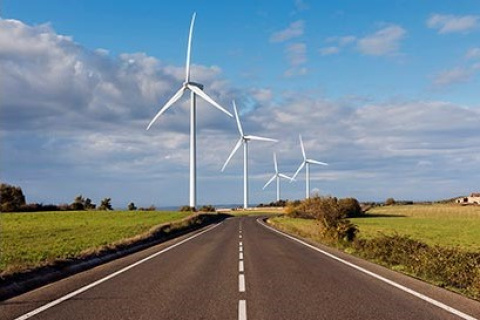
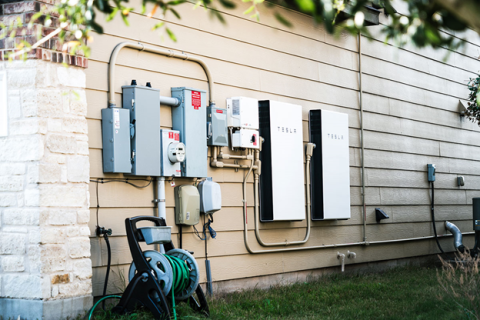

Below are stories about siting featured by the U.S. Department of Energy (DOE) Wind Energy Technologies Office.
Subscribe to the WETO E-Newsletter
Subscribe to the WETO e-newsletter to stay informed on the latest wind energy news, events, publications, and updates.

Applications are open for staff from local governments to learn from both each other and DOE national lab experts over six-month periods as they work to deploy renewable energy solutions.

This edition’s Renewable Energy Champion is NREL’s Anthony Lopez, a geospatial data scientist and senior researcher who was recently named the Most Promising Scientist by Great Minds in STEM.

What happens when a wind energy project reaches the end of its service? WETO's new guide provides a detailed explanation.

Last year brought many advances in wind energy. Here are the most influential wind energy stories from 2022 from the Wind Energy Technologies Office.

A new simulator, developed by the National Renewable Energy Laboratory, allows users to model the movements of soaring raptors, such as golden eagles and bald eagles, which prefer to ride updrafts at the same altitudes as wind turbine blades.

A Pacific Northwest National Laboratory researcher shares her thoughts on the evolving potential of wind energy and how future scientists can get involved.
In a new journal article, researchers at Lawrence Berkeley National Laboratory explore the potential implications of both solar and wind energy project siting patterns.

The National Renewable Energy Laboratory released two new databases of state and local wind and solar energy zoning laws and ordinances in the United States. The data is machine readable so geospatial analysts and researchers can analyze siting impacts.

The National Renewable Energy Laboratory has made a big leap forward by adding new data and capabilities to the Distributed Generation Market Demand (dGen) model.

New study reveals mixed reactions to flickering shadows generated by wind turbines.

